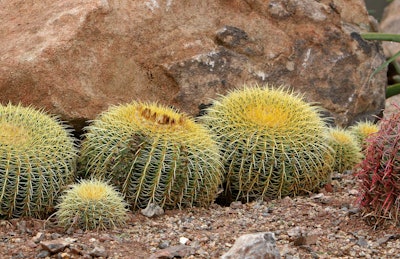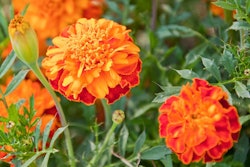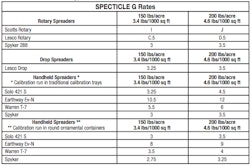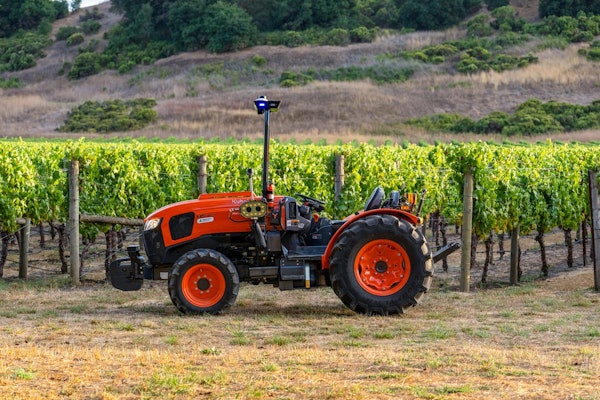
Xeriscaping has become more and more a fact of life for West Texans. Unfortunately, some of the landscapes installed have been “zeroscapes” with dull fields of rocks and a few plants. There are some local landscape designers with knowledge of the plant material available, and more importantly, knowledgeable about some of the stories of the plants. Landscape design becomes an art form the more that is known about what each plant has to say — how it has been used by people, where it is from, how long it has been cultivated and so on.
The most excellently planned and executed landscapes will have elements from around the world — the Indian, Hispanic, Angloamerican/European, African, Mediterranean, Asian and even Australian botanical influences. We have botanical references to every continent surrounding us, throughout our community. The choice of a particular plant in a landscape is more than just for form or shape or color.
“Xeriscaping has become more and more a fact of life for West Texans. Unfortunately some of the landscapes installed have been ‘zeroscapes’ with dull fields of rocks and a few plants.”
A xeriscape does not have to have a gravel base. During the first couple of years of experimentation and implementation people have had to grapple with the paradigm shift and rock mulch seemed to be one of the basic parts of a a xeriscape. It is not the only choice. Another choice is using other materials for mulch, and planting for a more varied texture based on leaf color and form, as well as unusual sizing and heights.
Trees do not have to be 30 feet tall to cast shade. A 15-foot tree is taller than any of us. Smaller trees take less water. A pomegranate in the yard ties its owner to the eastern Mediterranean and its rich history and culture. A pinyon ties its nurturing human to the foothills of the sky islands of the deserts of North America, and centuries of harvest by Puebloan peoples. A Mexican persimmon unites us with the Texas Hill Country and provides us with a sweet treat to pluck from the tree when the fruit has blackened.
Desert willows, Mexican redbuds, goldenball leadtrees, Eve’s necklace sophora, crataegus, acacia and more are part of a landscape designer’s palette for small trees. Underneath these smaller trees, shrubs and perennials, from Texas sage to bird of paradise caelsapinia species, to lantanas, rosemary, rue, salvias, pavonias and artemisias can be mixed in, with native grasses (both short and tall), providing a colorful landscape with nary a span of gravel in sight.
Read the full article here.
– Bob Landreth









